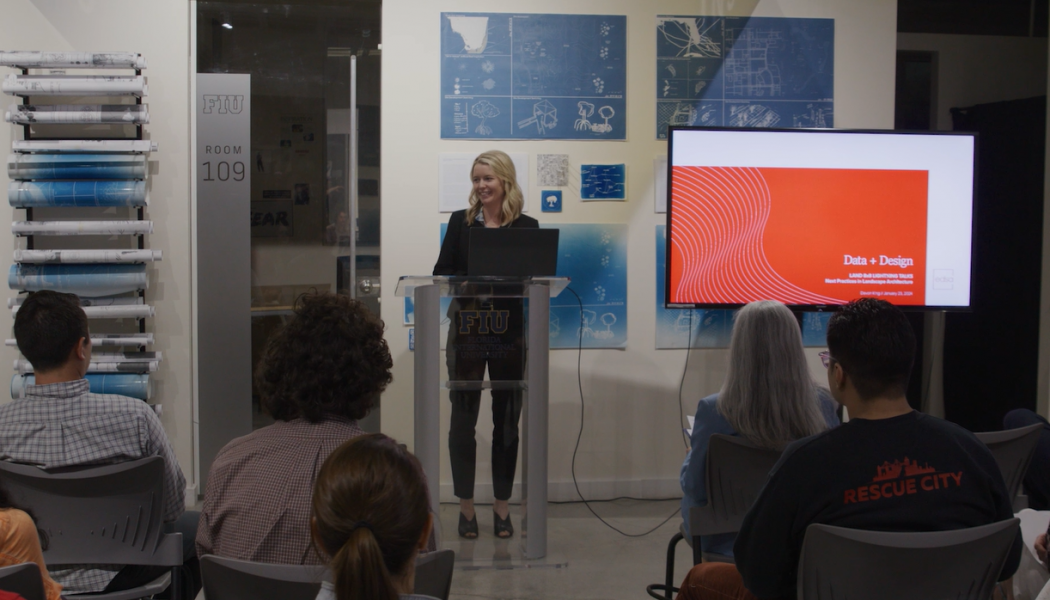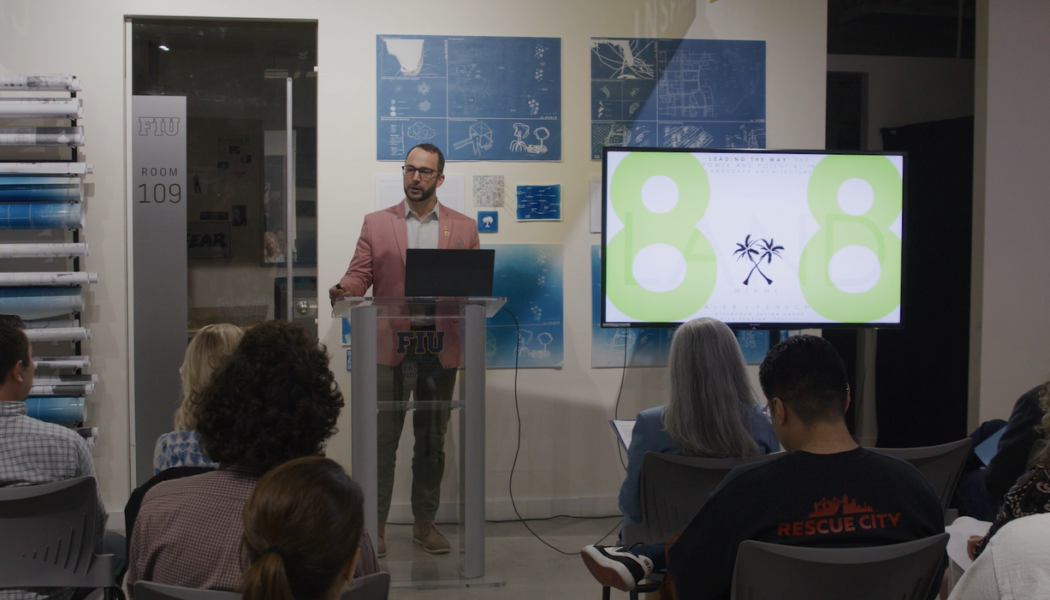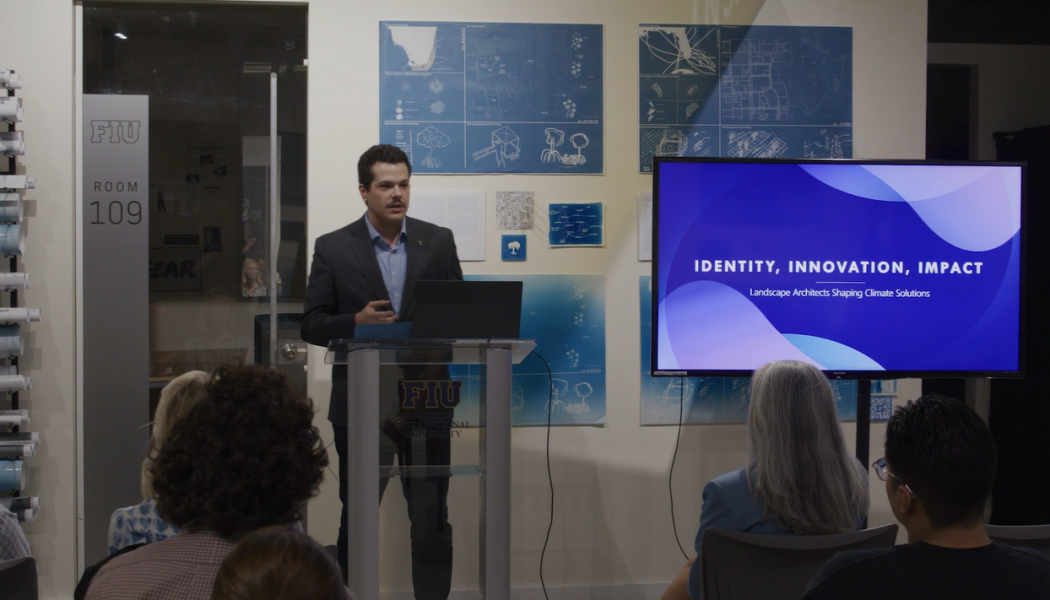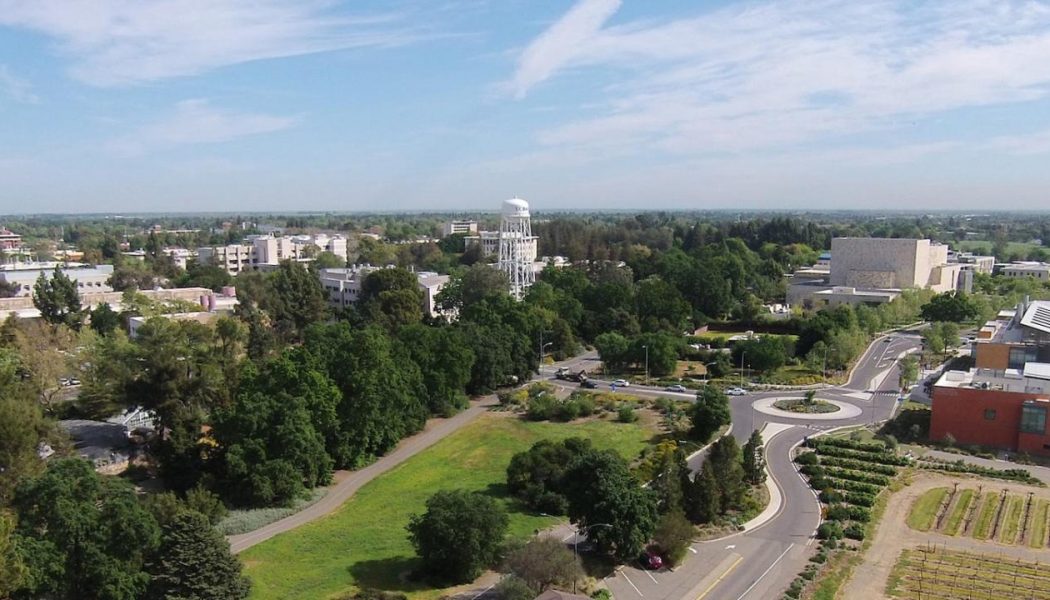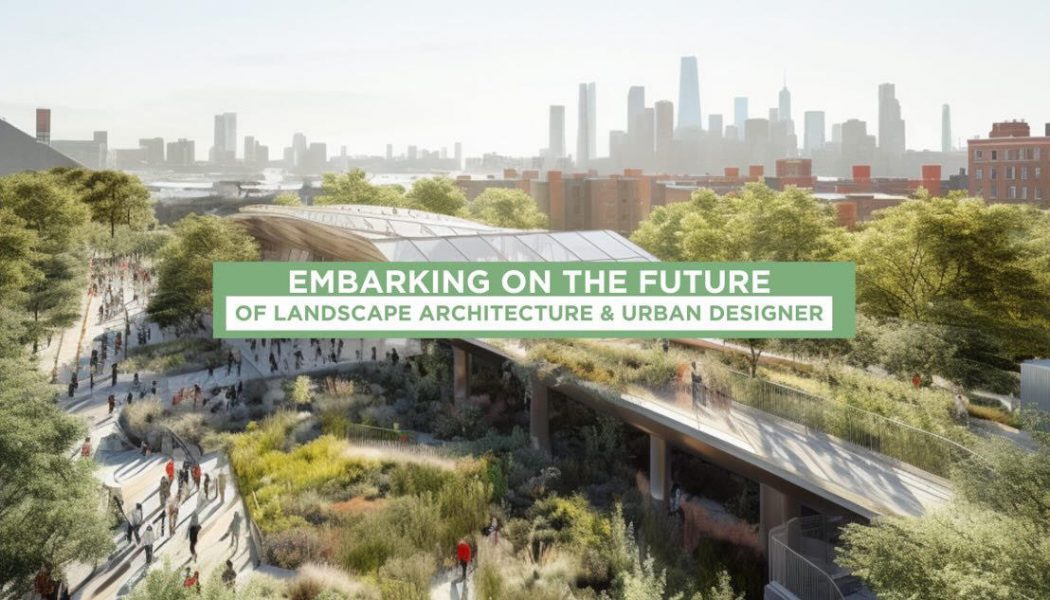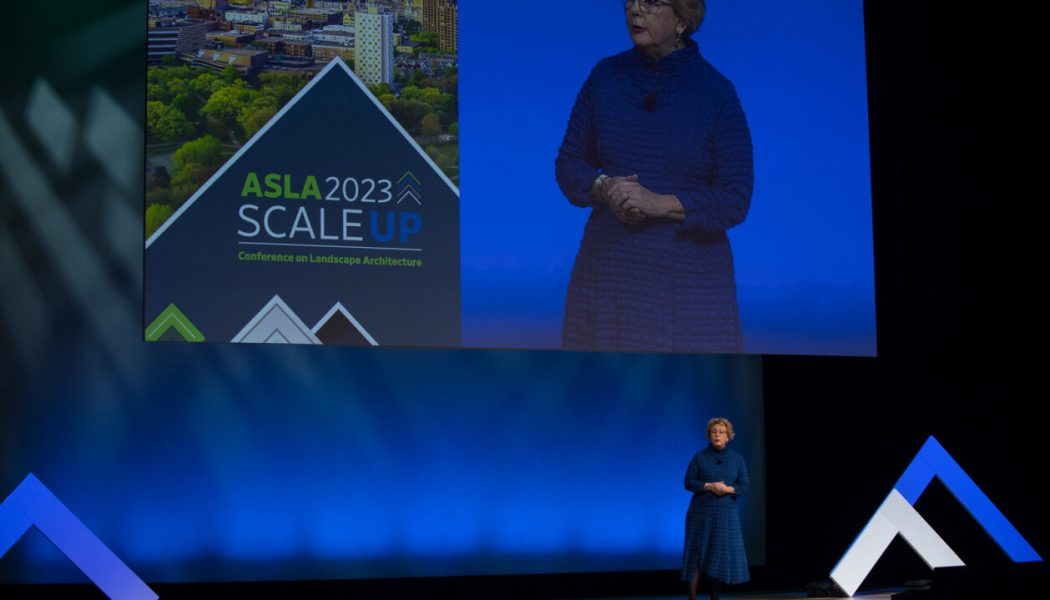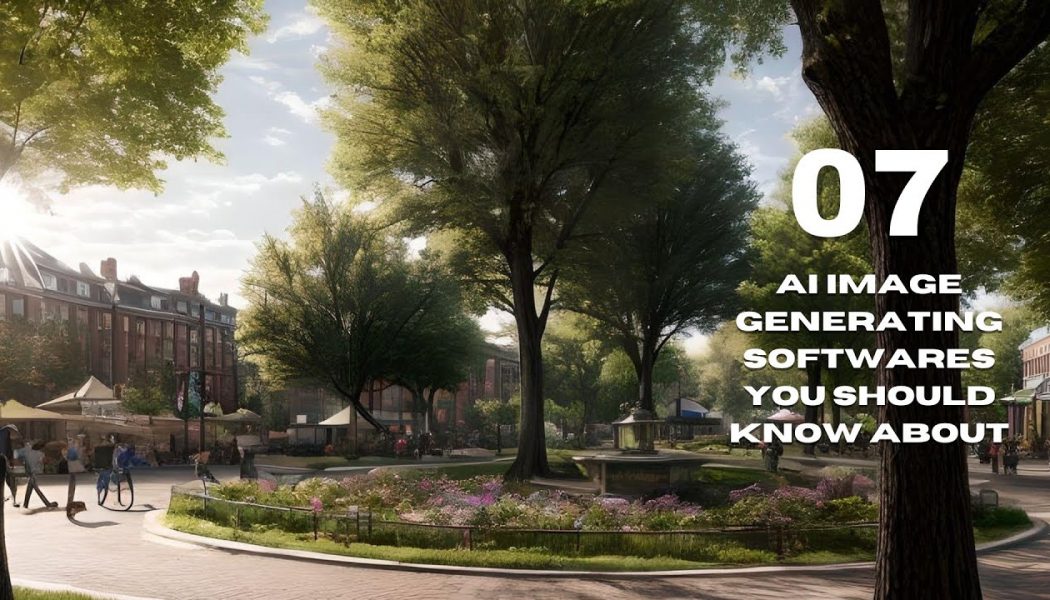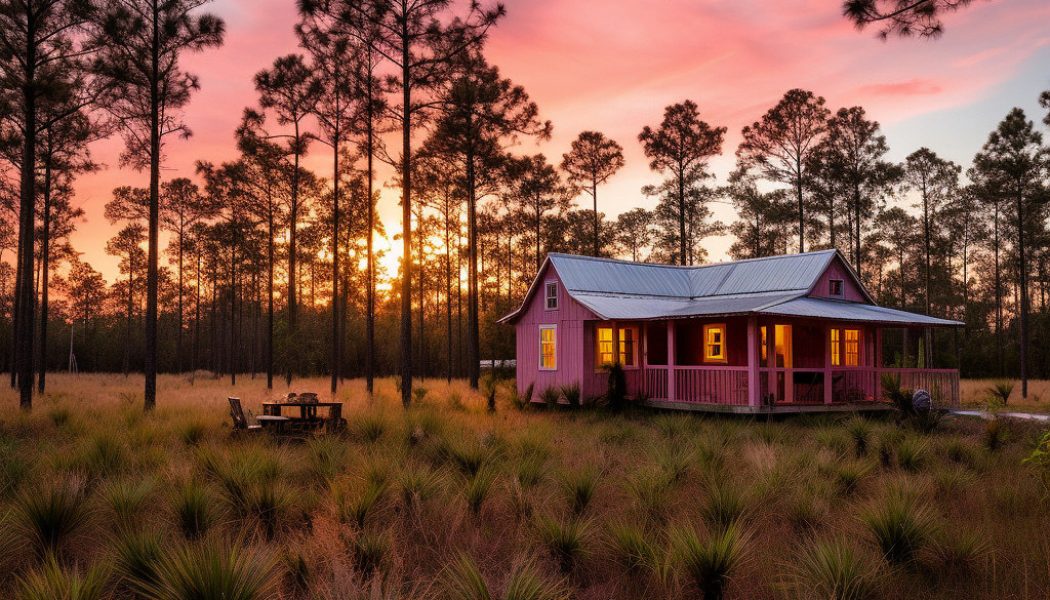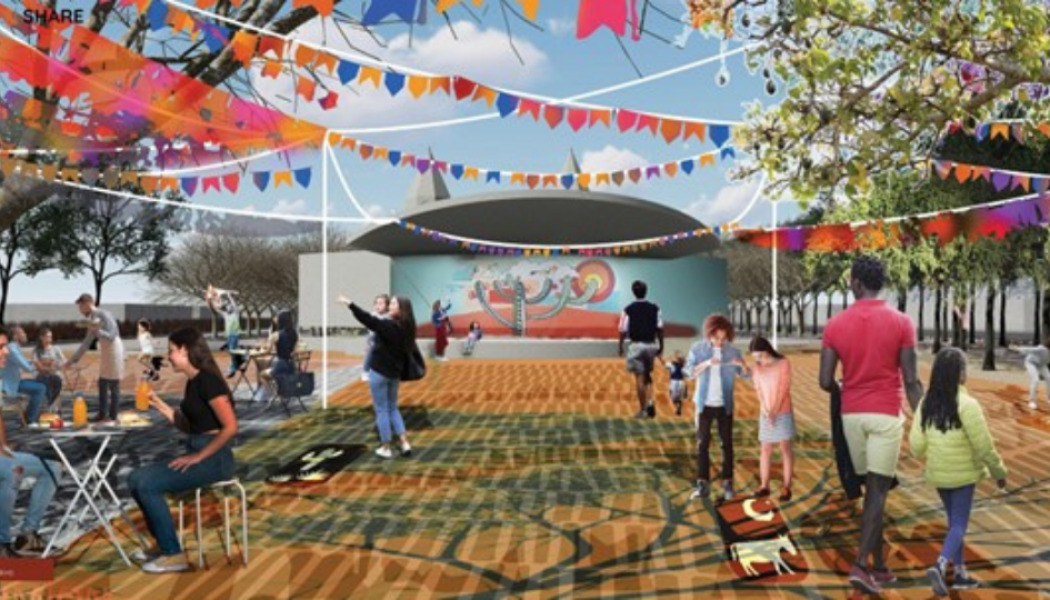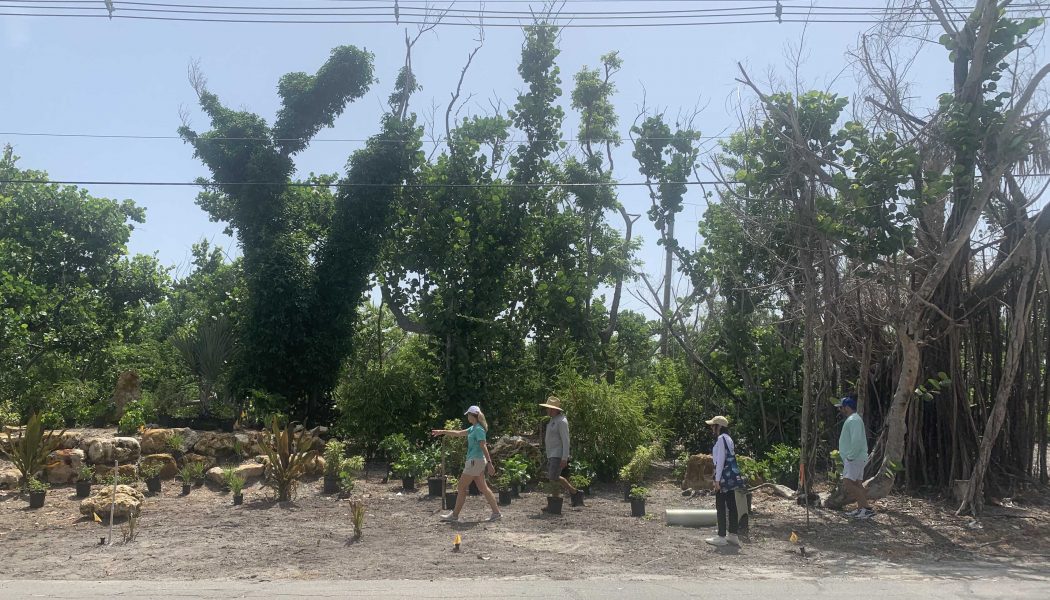Featured
Posts to be featured on the Main Page.
Data + Design [Video]
At the Land8x8 Lightning Talks in Miami, Devon King delivered a presentation on the integration of data and design in landscape architecture, emphasizing the importance of workflow, collaboration, and utilizing various software tools. As a landscape architect at EDSA in Fort Lauderdale, Devon shares insights into how data-informed design processes are transforming the industry. The presentation begins with Devon expressing excitement about discussing data-informed design, workflow, and tools utilized in landscape architecture. She highlights the goal of utilizing software without dead ends, exemplified by the transition from Rhino to Revit for documentation purposes. Devon discusses the utilization of data for visualization, analysis, and collaboration, showcasing projects where various so...Read More
Leading the Way: The Power and Potential of Landscape Architecture [Video]
Alex Fenech, a landscape architect with Hitchcock Design Group, delivered a compelling talk during the Land8x8 Lightning Talks in Miami. In his presentation, Alex emphasized the significance of leadership in the field of landscape architecture and aimed to inspire individuals at various stages of their careers, from students to seasoned professionals. Alex began the talk by defining leadership as the ability to influence and guide decisions, groups of people, and initiatives. He expressed his passion for leadership within the landscape architecture profession and aimed to encourage and empower the audience to embark on their leadership journey. Using quotes as a narrative thread throughout the presentation, Alex drew inspiration from Walt Disney, highlighting the transformative power of le...Read More
Identity, Innovation, Impact: Landscape Architects Shaping Climate Solutions [Video]
During the Land8x8 Lightning Talks, landscape architect Robert Curtis of Curtis + Rogers Design Studio shares insights gained from almost five years in the landscape architecture profession. He highlights the challenges faced in addressing the climate crisis within the built environment sector, emphasizing perceived limitations and barriers to influence. Robert categorizes the landscape architect’s influence into three spheres: personal, political, and practical. Personal influence involves individual values, political influence addresses structural and systemic factors affecting the design process, and practical influence focuses on implementing design through actions. The speaker identifies barriers such as limited budgets, lack of coordination, cultural values, and regulatory chal...Read More
Social Media Awards in Landscape Architecture 2023 – Winners!
Here are the winners of the 6th Annual Social Media Awards in Landscape Architecture presented by Land8 and the American Society of Landscape Architects! Social media has the power to significantly increase the awareness and importance of the profession of landscape architecture, and Land8 and ASLA believe industry leaders in social media should be recognized and promoted. Be sure to follow the winners to help grow and promote the profession! Top 10 Social Media Accounts – LANDSCAPE ARCHITECTURE FIRMS 1. EDSA – Instagram | LinkedIn | Facebook At EDSA, social media goes beyond posting on traditional outlets. It serves as a form of education, self-discovery and thought leadership regarding some of the most pressing topics facing our industry. A continuous feed of projects, ideas and ideals, ...Read More
6 Reasons to Attend LABash 2024 at UC Davis
1. Welcome to Cowtown! Charming and quiet, Davis offers much more than meets the eye. Our vibrant city is full of quirky local shops and restaurants such as Sudwerk, offering a wide variety of California craft beers. On Saturdays, stop by our weekly farmers market from 8am-1pm for a taste of some of the finest produce around Northern California. Next, take a stroll through UC Davis’ 5300-acre arboretum with over twenty gardens for every landscape architect to sketch and enjoy! Referred to lovingly as “Cowtown,” visit our very own Dairy Cattle Facility to see every Aggie’s favorite animal. Once you’re north of campus, bike on over to see Village Homes, a world-renowned sustainable-living community built in 1975, the first of its kind. We hope you enjoy Davis and go Ags! 2. Our Events Less t...Read More
Elevating Landscape Architecture: The Compelling Case for Integrating AI [Video]
In the ever-evolving landscape of technology, Artificial Intelligence (AI) has emerged as a transformative force across various industries. One domain where AI is making significant strides is within our own field of landscape architecture, promising to revolutionize the way we design, construct, and inhabit spaces. In this blog post, we’ll explore the compelling argument for embracing AI in landscape architecture and how it stands to reshape the future of our built environment. Enhancing Design Creativity Traditionally, landscape architecture has been a human-driven process, relying on the creativity and intuition of designers. However, AI is not here to replace designers but rather to augment their capabilities. AI algorithms can analyze vast datasets, identify patterns, and genera...Read More
Scaling Up the Excitement: An Emerging Professional View of ASLA Conference 2023
The cityscape of Minneapolis was transformed into a mecca for landscape architecture enthusiasts as the ASLA 2023 Conference on Landscape Architecture unfolded, bringing together professionals, thought leaders, and students from the field. The annual event is a beacon of inspiration, fostering collaboration, knowledge sharing, and showcasing the latest trends and innovations in landscape architecture. With an impressive lineup of education sessions, a bustling expo, engaging experiences, and lively ASLA after-hours events, the conference proved to be a dynamic convergence of ideas and expertise. The theme of the ASLA 2023 Conference on Landscape Architecture was not just innovation; it was about scaling up and taking landscape architecture to new heights. This was my second time attending ...Read More
7 AI Image Generating Software You Should Know About [Video]
Artificial intelligence has made significant strides in various fields, and landscape architecture and design are no exceptions. In this rapidly evolving landscape, AI image-generating software is offering a wealth of creative possibilities. These tools are valuable for early concept development, idea testing, and even final renderings. While some of the best options come at a price, there are free alternatives that offer customization and unique features. In this video, I delve into the world of AI image generation and explore some of the programs that have already made their mark and those poised to revolutionize the industry. I have also recapped the video here for Land8 subscribers. Midjourney – The Popular Choice One of the most well-known AI image generation tools is Midjourney...Read More
Beyond the CEUs: 4 Benefits to Attending the ASLA Conference 2023
We all know getting those continuing education credits (CEU’s) are a practical benefit of attending the American Society of Landscape Architects (ASLA) Conference. However, attending can offer numerous and meaningful benefits to professionals in the field of landscape architecture and related disciplines. On the fence? Here are four compelling reasons to attend the ASLA Conference: 1. Networking Opportunities: The ASLA Conference brings together a diverse group of professionals, including landscape architects, urban planners, designers, educators, and students. It provides an excellent platform to network with peers, potential clients, and collaborators. Engaging in discussions, attending workshops, and participating in social events can lead to valuable connections and partnerships ...Read More
AI Image Generation in Landscape Architecture Practice
Landscape architecture as a discipline has a long and troubled history with images. The English word landscape, to start, originated in European painting tradition. Landscape architecture theorists and practitioners still argue over the role that images should play in our profession. So it’s perhaps unsurprising that the public introduction of generalist machine-learning image generators – such as Dall-E and Midjourney – in Spring 2023 was met with consternation in the profession. Speculation over the following months has been hyperbolic. Will these tools free up landscape architects’ time and help us better communicate the futures we imagine? Or will they strip all the creative components out of our practice and automate the fun away? I spoke to designers from 4 different pra...Read More
Nourishing Community Foodscapes
This piece is about using landscape architecture methods to explore community foodways, specifically in the Brazilian Caatinga ecoregion. My own upbringing in Brazil has imparted an admiration for the communities that make my country what it is today and the natural environment at the core of their identity. I am interested in mapping unique rural cuisine in an effort to show that food is a significant cultural element that ties people to native landscapes. There is a possibility to tell stories of social resiliency and environmental responsibility through traditions and landscapes. Studying landscape architecture has allowed me to look at Brazil with newfound appreciation. During the last year of my graduate studies, I used my skills to relearn the history and heritage of the Northeastern...Read More
Knowledge Management for Landscape Architects
Landscape architects are expected to know a lot about a lot. Ecology, social dynamics, construction detailing, CAD/Adobe/BIM? That’s just a one-hand list we all spin through in a few years at design school. However, once we emerge into practice – the expectations are still there, but the knowledge-building gets more haphazard. In practice? Carol knows how bidding processes work and who to call at each department of the city to get permits moving. Imani can estimate slope percentages without pulling out a tape measure. Chris is the plant person. You’ve all seen it. Individual designers having specialist expertise is great – but too much fragmentation in a design organization’s knowledge base creates problems for individual designers, projects, and businesses. Lack of clear kn...Read More



